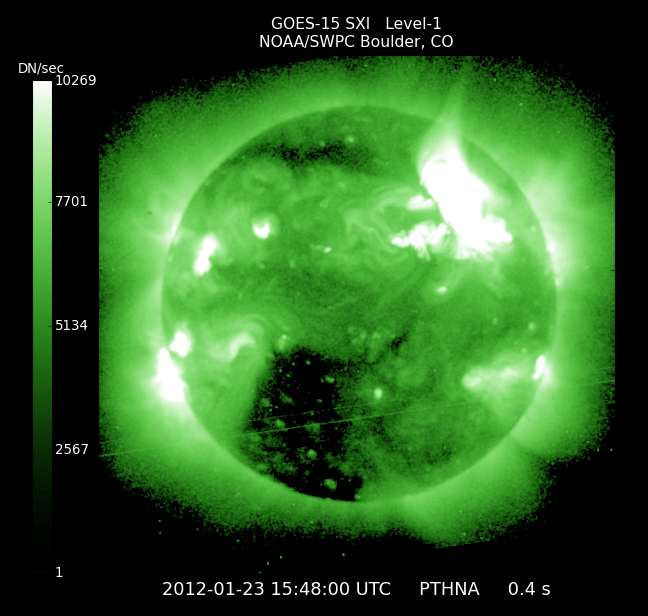Australia Carbon Tax
Tuesday, June 19th, 2012On July 1, 2012 Australia will impose a price on carbon emissions.
A price on carbon is the most environmentally effective and economically efficient way to reduce pollution. This means our economy can continue to prosper – without our pollution continuing to grow. The Government’s plan for a clean energy future includes four key components. Firstly, the establishment of a carbon price. Secondly, support for renewable energy. Thirdly, to support improvements in energy efficiency. And fourthly, to store carbon through changed land-use practices. So, they’re the four key foundations, if you like, of our plan for a clean energy future. A carbon price has got a very important role to play because it puts a price tag on pollution. For the first time in our economy, the largest polluters will have to pay a price for every tonne of pollution that they put into the atmosphere, and that creates the incentive to cut pollution and it also creates the pressure to innovate, the pressure to invest in cleaner energy sources. And that’ll be very important for the future of our country and our economy and our living standards, because it’s the countries in the 21st century that have innovated and that have got clean energy as a key part of their economic future that will be the most competitive, and that’s very important for our future as well.
More on Carbon Taxes, Cap and Trade and Emissions Trading
More on Global Warming and Climate Change
Questions Answered
Q. Where will the money raised from the carbon price go?
A.
Q. Will I have to pay the carbon price?
A.
An environmental problem with an economic solution
Putting a price on carbon is the most environmentally effective and cheapest way to cut pollution. This is a fact that is well recognized by economists from around the world, and respected institutions such as the OECD and the Productivity Commission. Currently, releasing carbon pollution is free despite the fact that it is harming our environment. A carbon price changes this. It puts a price on the carbon pollution that Australia’s largest polluters produce. This creates a powerful incentive for all businesses to cut their pollution, by investing in clean technology or finding more efficient ways of operating. It encourages businesses across all industries to find the cheapest and most effective way of reducing carbon pollution, rather than relying on more costly approaches such as government regulation and direct action.
A carbon price means a strong and growing economy
The economy will continue to grow as Australia embraces a clean energy future. Treasury modelling estimates that under a carbon price:
- Average incomes grow strongly under a carbon price. Average incomes are expected to increase by about 16 per cent from current levels by 2020, an increase of around $9000 in today’s dollars. By 2050, the increase is expected to be more than $30,000.
- National employment is projected to increase by 1.6 million jobs by 2020.
Breaking the link between emissions and economic growth
The carbon price is the first element of the Government’s plan for a clean energy future: it will trigger a broad transformation of the economy. Our economy has successfully handled comparable structural changes over its history. In fact, transformative changes – new products and technologies, and the integration of our economy into the global economy set in train by the reforms of the 1980s and 1990s – have underpinned rising prosperity and sustainable growth in Australia. Treasury modelling shows that, under a carbon price, the economy continues to grow.
Figure 1: Gross National Income with and without the carbon price
 For more information see: Chapter 3 – Putting a price on carbon pollution. For further details about a carbon price see:
For more information see: Chapter 3 – Putting a price on carbon pollution. For further details about a carbon price see:













